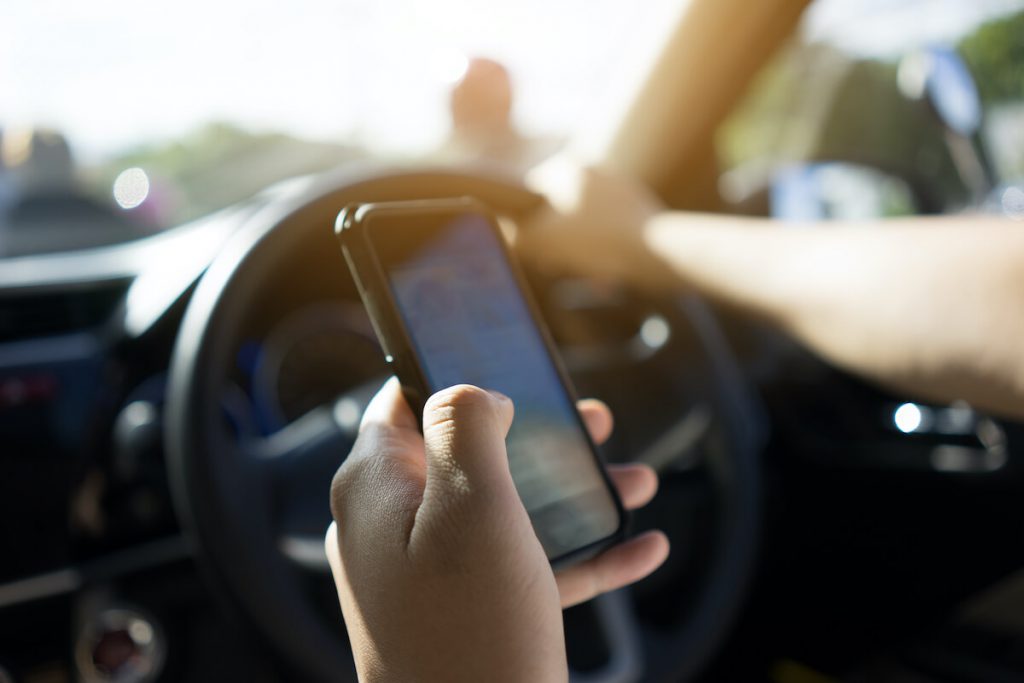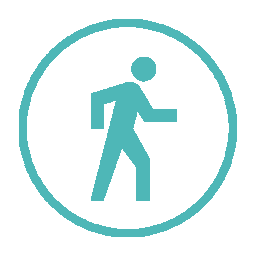Lesson Plans by grade level
Knowing the Facts on Distracted Driving

What does the law say?
In Ontario, it’s illegal for drivers to talk, text, type, dial or email using cell phones and other handheld communication and entertainment devices. Drivers who are caught breaking the law face a minimum fine of $615, 3 demerit points and a 3-day licence suspension upon conviction.
Simply holding a phone while driving is against the law. You can use:
- a hands-free device (e.g. Bluetooth), but only to turn it on and off
- a mounted device (e.g. phone, GPS) as long as it is secure – not moving around while driving

What about for novice drivers?
Novice drivers, take note. Ontario drivers with G1, G2, M1 and M2 licences are considered “novice” or new drivers. This group of motorists is still gaining important driving experience before getting a full licence.
Novice drivers convicted of distracted driving face the same fines as fully-licensed drivers, but won’t receive any demerit points. Instead of demerit points, novice drivers face longer suspensions:
- 30-day licence suspension for a first conviction
- 90-day licence suspension for a second conviction
- cancellation of licence and removal from the Graduated Licensing System for a third conviction

Quick facts on distracted driving
- It’s estimated that one person is injured in a distracted-driving collision every half-hour in Ontario. (MTO, 2013)
- Taking your eyes off the road for just two seconds doubles your risk of a collision. (AAA)
- Drivers who check their phones while driving are eight times more likely to be involved in a collision. (AAA)
- Distraction was a factor in nearly six out of 10 moderate-to-severe collisions by teen drivers. (AAA)
- Economic losses caused by traffic collision-related health care costs and lost productivity are at least $10 billion annually, which amounts to about one per cent of Canada’s GDP overall. (Government of Canada, 2016)
About Distractions

What counts as a distraction?
Anything that takes your focus away from the safe operation of a motor vehicle can be considered distracted driving, including:
- Technology devices such as smartphones, tablets, MP3 players and headphones;
- Personal grooming, like styling your hair or applying cosmetics;
- Eating and drinking;
- Smoking;
- Talking with passengers;
- Tending to children or pets;
- Adjusting in-vehicle controls (music, climate control and GPS).

How to reduce distractions
Tips to reduce distractions while driving include:
- Pre-set maps and directions: know where you’re going before you start driving;
- Secure pets properly when travelling with them in the vehicle;
- Avoid having emotional or complex conversations while driving;
- Pre-set climate control and radio for easy changing;
- Allow phone calls to go to voicemail and call back once you’ve parked;
- Do not text, browse the web or read emails on a device while driving;
- Avoid eating, drinking or grooming.
Resources
- CAA South Central Ontario www.caasco.com/distracted
- CAA National https://www.caa.ca/driving-safely/distracted-driving/
- Ontario Ministry of Transportation. https://www.ontario.ca/page/distracted-driving
- P.A.R.T.Y. Program. https://partyprogram.com/
- Teens Learn to Drive. https://teenslearntodrive.com/




